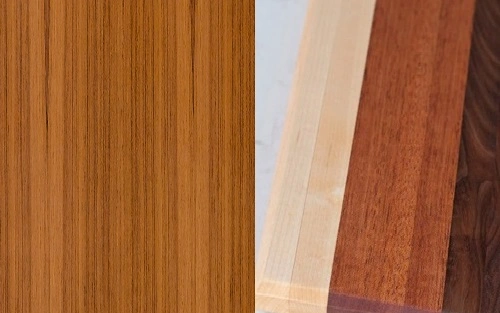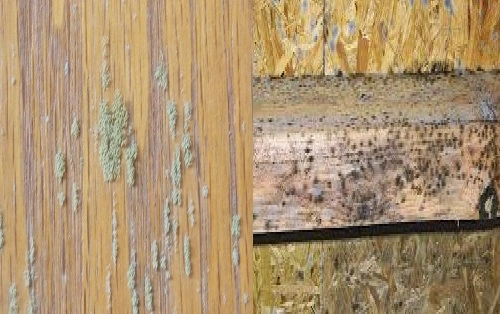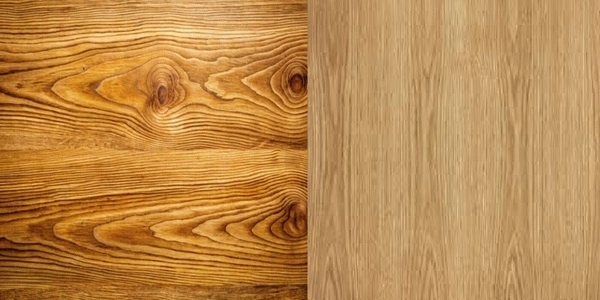Choosing the right cutting board is an essential decision for any kitchen, whether you’re a casual home cook or a professional chef. Two of the most popular materials for cutting boards are teak wood and maple wood. Each offers unique benefits in terms of durability, maintenance, aesthetics, and performance. But which is the better option for your needs?
In this article, we’ll explore the differences between teak wood and maple wood cutting boards, compare their advantages and drawbacks, and help you decide which material best suits your cooking style, budget, and kitchen requirements.
What Makes a Good Cutting Board?
Before diving into the specifics of teak and maple wood, let’s define the characteristics of a high-quality cutting board:
- Durability: The cutting board must withstand repeated knife use without excessive wear or damage.
- Knife-Friendly Surface: The board should be hard enough to resist cuts but soft enough to preserve your knife’s edge.
- Resistance to Moisture and Stains: A good board resists warping, cracking, and absorbing odors or liquids.
- Maintenance: The ease of cleaning, oiling, and upkeep plays a significant role in a board’s longevity.
- Aesthetic Appeal: A cutting board can double as a beautiful serving tray or kitchen centerpiece.
Both teak wood and maple wood excel in most of these categories but differ in some key ways.
Teak Wood Cutting Boards
Teak (scientifically known as Tectona grandis) is a tropical hardwood renowned for its durability, moisture resistance, and natural beauty. Teak has long been a favorite for outdoor furniture and boat building, but it has recently gained popularity for cutting boards due to its unique properties.
Advantages of Teak Wood Cutting Boards
1. High Moisture Resistance: Teak contains natural oils that make it highly resistant to water absorption, warping, and cracking. This makes it ideal for kitchens where frequent washing is required.
2. Durability: Teak is a dense hardwood with a Janka hardness rating of 1,070 lbf. It is tough enough to resist knife marks while still being gentle on your knives, extending the life of both the board and your blades.
3. Low Maintenance: Thanks to its natural oils, teak requires less frequent conditioning compared to other woods. While regular oiling is still recommended, teak boards are more forgiving if neglected.
4. Aesthetic Appeal: Teak boasts a rich, golden-brown color with stunning grain patterns. Its warm tones make it a beautiful addition to any kitchen.
5. Long-Lasting: With proper care, teak cutting boards can last for years, even decades, without losing their form or functionality.
Disadvantages of Teak Wood Cutting Boards
1. Cost: Teak is generally more expensive than maple because it is a tropical hardwood and often imported.
2. Oily Surface: While the natural oils are beneficial for moisture resistance, they can make the surface slightly slippery when new or freshly conditioned.
3. Environmental Concerns: Unsustainably sourced teak can have a negative environmental impact. Look for responsibly harvested, FSC-certified teak products.
Maple Wood Cutting Boards
Maple (Acer saccharum), specifically hard maple (also known as sugar maple), is a North American hardwood celebrated for its strength, durability, and light, clean appearance. It has been a go-to material for cutting boards and butcher blocks for generations.
Advantages of Maple Wood Cutting Boards
1. Durability and Hardness: Hard maple has a Janka hardness rating of 1,450 lbf, making it harder than teak. It is tough enough to resist knife marks while maintaining its structural integrity over time.
2. Knife-Friendly Surface: Despite its hardness, maple wood is gentle on knives, helping preserve sharp edges while resisting deep gouges and scratches.
3. Non-Porous Surface: Maple is naturally non-porous, meaning it resists absorbing liquids, odors, and stains when properly cared for. This makes it an excellent choice for food safety.
4. Affordable: Maple is typically more affordable than teak because it is widely available in North America.
5. Clean and Classic Look: Maple cutting boards have a light, neutral color with subtle grain patterns, giving them a clean and classic aesthetic that suits all kitchen styles.
Disadvantages of Maple Wood Cutting Boards
1. Susceptibility to Moisture: Unlike teak, maple lacks natural oils, making it more prone to warping and cracking if not regularly oiled and properly maintained.
2. Maintenance: Maple boards require more frequent conditioning with food-grade mineral oil to keep them hydrated and prevent cracks.
3. Less Exotic Appearance: While maple’s neutral tones are attractive, it lacks the rich, exotic look of teak.
Teak Wood vs. Maple Wood: Key Comparison
| Feature | Teak Wood Cutting Board | Maple Wood Cutting Board |
|---|---|---|
| Hardness | 1,070 lbf (Janka rating) | 1,450 lbf (Janka rating) |
| Moisture Resistance | High; natural oils prevent warping | Moderate; requires regular oiling |
| Durability | Very durable, resists wear and tear | Extremely durable, harder surface |
| Knife-Friendliness | Excellent; soft enough for knife edges | Excellent; slightly harder but still gentle |
| Maintenance | Low; infrequent oiling needed | Moderate; requires regular oiling |
| Aesthetic Appeal | Warm, rich golden-brown tones | Light, clean, classic appearance |
| Cost | Higher; premium price | Lower; more affordable |
| Sustainability | Requires careful sourcing | Widely available and sustainable |
Which Cutting Board Should You Choose?
- Choose Teak If:
- You prioritize moisture resistance and minimal maintenance.
- You love the rich, exotic appearance of teak wood.
- You’re willing to invest in a premium, long-lasting cutting board.
- Choose Maple If:
- You need a hard, durable surface for heavy cutting.
- You prefer a clean, light aesthetic that suits all kitchens.
- You’re looking for a more budget-friendly option.
Final Thoughts
Both teak wood and maple wood cutting boards are excellent choices, offering durability, knife-friendliness, and aesthetic appeal. Teak stands out for its moisture resistance, low maintenance, and luxurious appearance, making it ideal for busy kitchens. Maple, on the other hand, excels in strength, affordability, and its classic, clean look.
Ultimately, the best cutting board comes down to your preferences, budget, and how you plan to use it. By understanding the unique characteristics of each material, you can choose a board that enhances your cooking experience and lasts for years to come


